What are the two basic fierings called and why are they different?*
Please find your progress scale and make sure it is filled out... |
beginners --- | int/advance - you should have |
I can keep clay wet and workable as long as I like as long as the plastic bag is sealed.
When I make something before a week-end or break I will MAKE SURE it is wrapped up in plastic because if it dries out I will have to put it in the bucket to get recycled.
I will put my class list number in the upper left hand corner of the paper so Ms. H can alphatize them more better easily. :)
Hint -- listen as Ms. H tells you your class roster #
Note Beginners put a B in front of the the #, Intermediate put an I and Advanced put an A in front of the number. Thank you very much!!!
the mixer is basically a big box with blades on a central auger - much like a large drill. It pulls the clay back and should spin it into a 'shell' of clay on the right side.
I WILL make sure the clay mixer is turned on when we are working - turn it off when you put your hand in!!!!
I must turn the red handle toward the wall to keep it mixing the correct way.
DO NOT BLOCK up the right side with clay.
also --- see below pics for firm slab information
Why is a firm slab different than a soft slab?
- for a firm slab one cuts out the shapes and then lets them get firm before putting them together.
-the project should have straight flat walls.
demo here
and here
If I get something out, or if Ms. H gets it for me, I will put it back. I will make sure my brushes are brush end up so they don't get ruined.
When I write about my work to turn in -- I will write paragraph in this order ---
what is it - the media - in this case describe the project
form - surface - color --- in that order
how we made it - the skills
how it uses art elements - focus on one or two
to create design elements that create a composition that
shape the viewer's experience of it is -
in other words how it makes them feel, react or how it makes them think. - remember the 3 parts of the brain. :)
here is an example
working with a soft slab -- | adv & int. |
check out the rubric on line!!! | - keep the base small |
Get our your progress scale and mark down what you've gotten done. make sure it is up to date; I will check for a grade on Monday
on your tool kit notes write down what you've gotten done. Then put it in the basket. :)
| ex. int/adv |
glaze is the layer of 'glass' we fire onto clay to make it impervious to water and other substances.
glaze is made largely of silica, alumina, and clay as well as a metal compounds, for color. For instance copper oxide will make green, iron oxide can make black or deep reds.
Glaze particles are suspended in water, put on the project and then fused into the clay surface in the kiln.
please see - how to glaze here.
for your first pinch and coil projects you will do a base color that will show texture - then add clear and detail colors as desired.
Beginners start individual coil projects today - instructions are here
please find the rubric and scale under the rubric and scales tab
some examples
http://rachaelsart.weebly.com/ceramics.html
- over all form
- surface decoration - this can be part of the form or added or subtracted 'area' from the surface
-creating negative space by carving into the surface and creating 'transparency'
- changing the top edge so that it does not describe a plane
two hours late | pd 4 11:55 - 12:35 |
Ms. Heideman
Master of Fine Arts
Archives
January 2018
December 2017
November 2017
October 2017
September 2017
August 2017
June 2017
May 2017
April 2017
March 2017
February 2017
January 2017
December 2016
November 2016
October 2016
September 2016
August 2016
June 2016
May 2016
April 2016
March 2016
February 2016
January 2016
December 2015
November 2015
October 2015
September 2015
June 2015
May 2015
April 2015
March 2015
February 2015
January 2015
December 2014
November 2014
October 2014
September 2014
June 2014
May 2014
April 2014
March 2014
February 2014
January 2014
December 2013
November 2013
October 2013
September 2013
June 2013
May 2013
April 2013
March 2013
February 2013
January 2013
December 2012
November 2012
October 2012
September 2012
August 2012
June 2012
May 2012
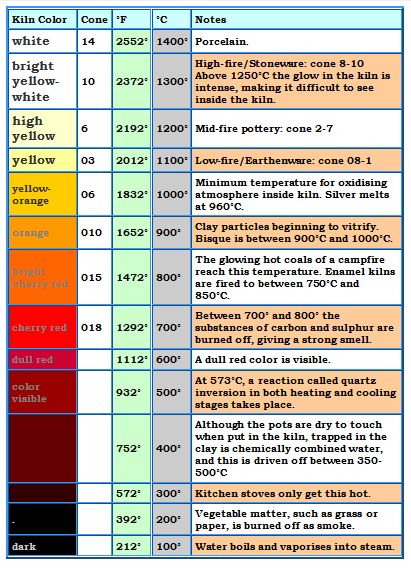
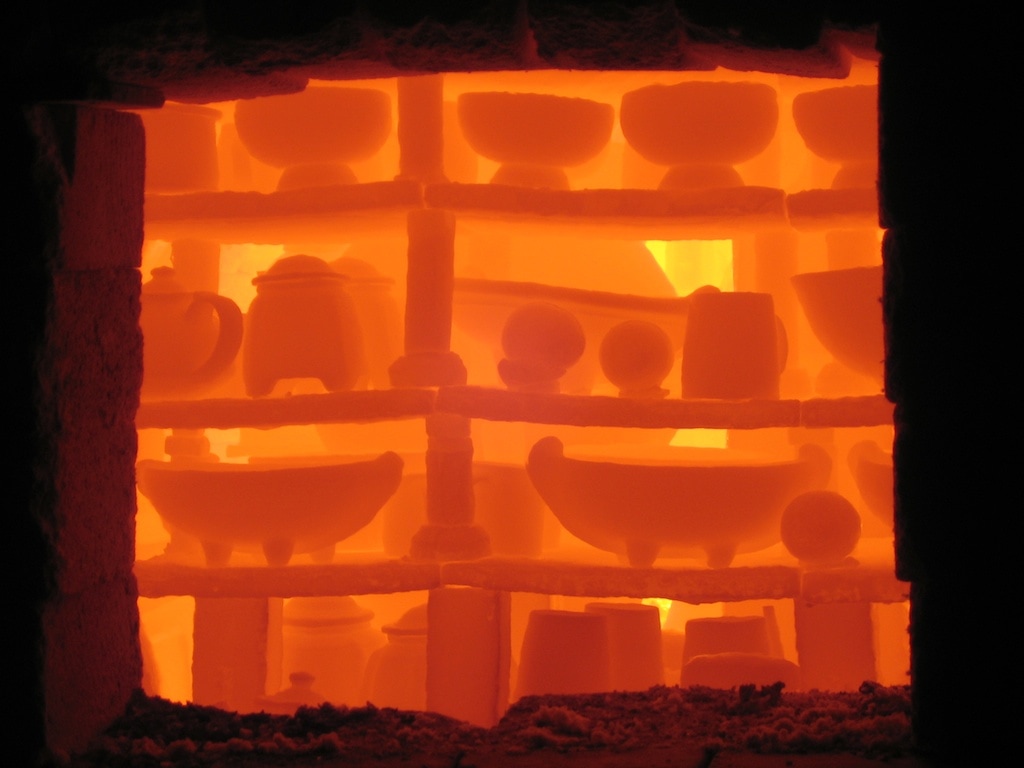
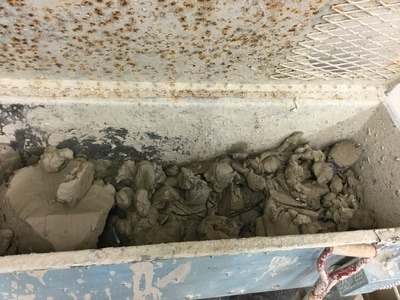
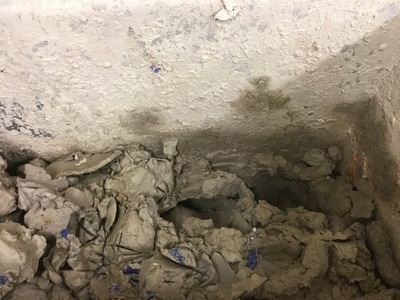
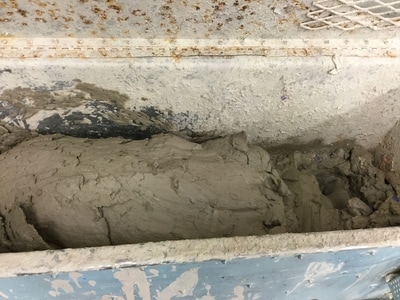
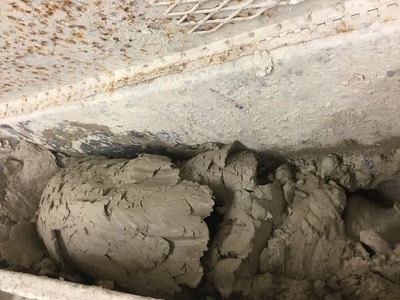
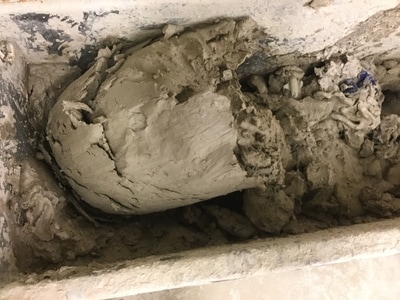
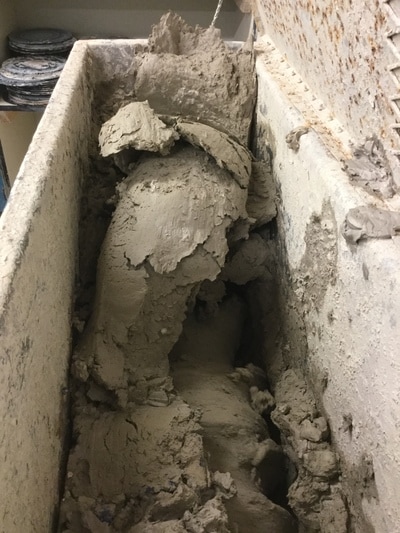
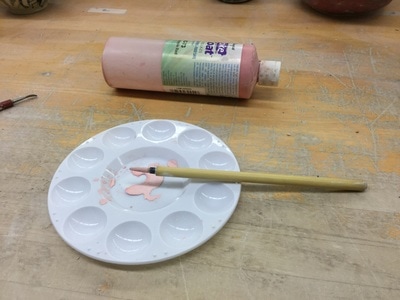
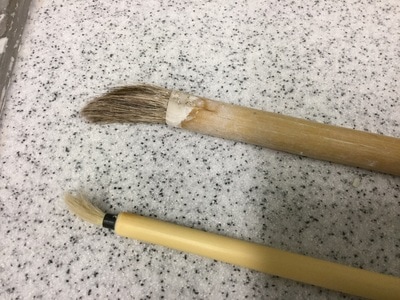
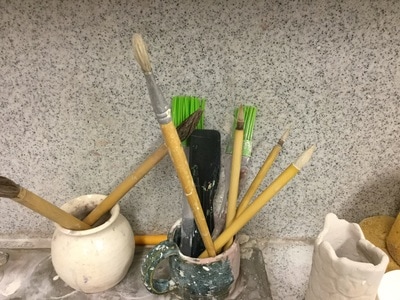
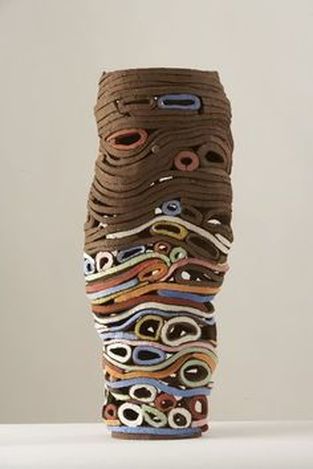
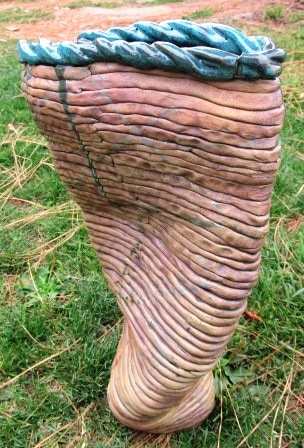

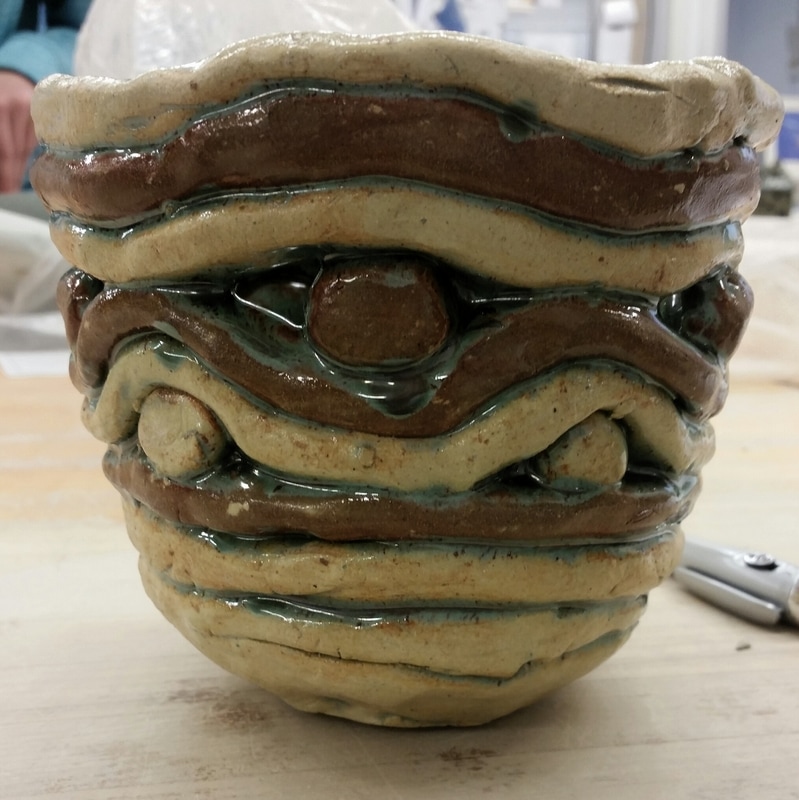
 RSS Feed
RSS Feed
